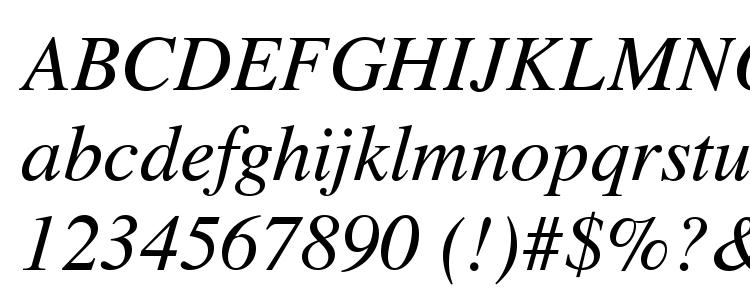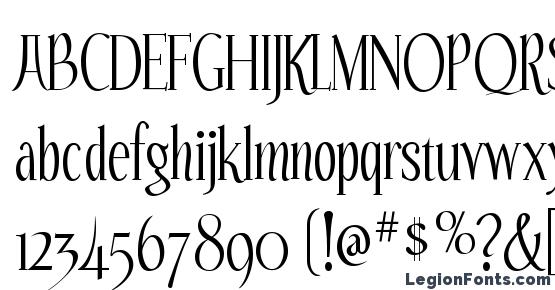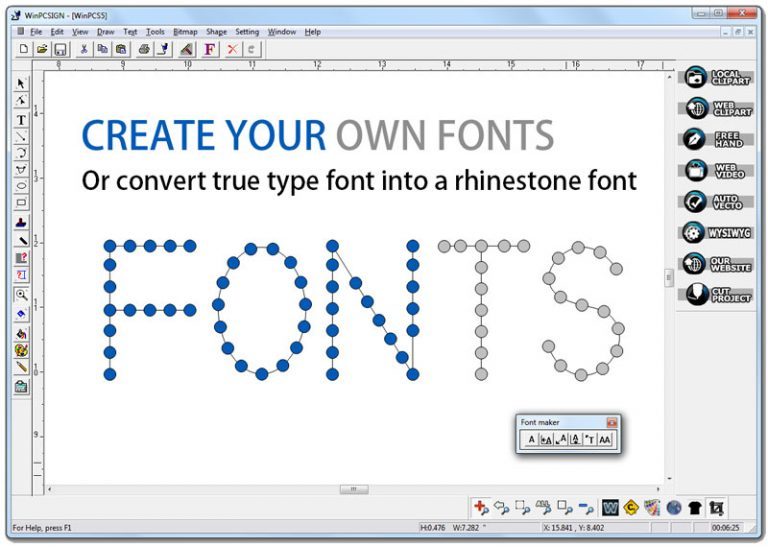

With a universal character encoding system, why relegate dingbats only to specialty fonts that confound anyone exploring their word processor’s Fonts menu for the first time? Any font can now have a full complement of dingbats! (Whoever drew the cat glpyh in Webdings, however, should really bone up on what cats actually look like.) Some fonts consist entirely of dingbats, such as Wingdings and Webdings. Check at various distances and when looking at a full 16:9 comp, this gives you a lot of insight to your font scale as well.With the advent of digital fonts, there has been an explosion of dingbats. While testing out your font, a great approach to judging spacing is to squint your eyes as you check the natural tracking of your lettering I’ve found out through many jobs that my safest approach to kerning from a creative director’s standpoint is to squint your eyes while testing your typeface. You’ll have to re-adjust your spacing using FontForge by moving the tracking bar in FontForge and re-export your font to test any specific letters / glyphs you want to fix.

If your spacing looks awkward, this is where the back-and-forth step comes in. Most-commonly used is TTF (True Type Format).Īfter you’ve exported your Typeface, you’re going to want to load it up into your font app and test it out. To export your custom font, you’ll just need to go to File > Generate and select which filetype you’re looking to develop.

STEP 8: EXPORT YOUR FONTĪfter you have everything prepared with FontForge, the next step will require a bit of a back-and-forth process. To officially name your font, Navigate to Element > Font Info, and rename “Untitled” to what you’d like to title your custom Typeface to be under the PS Names tab. The thickness of an “S” will usually end-up thinner than that of an O, C, or Q and should be adjusted accordingly. For example, the angle of the leader for an “A” might be the same angle as a “V’. This is a good time to develop a pattern of style / angle and thickness for your letters. In this example, I’m going to develop a basic typeface. Just follow this short tutorial and you’ll be on your way to making a fun new style unique for your Motion Graphics projects! But don't worry! All of these tools are free. You're going to need a few things in order to create your own font.
#Fontforge all uppercase download
It'll be fun! STEP 1: DOWNLOAD FONTFORGE, AI TEMPLATE, & MULTIEXPORTER
#Fontforge all uppercase how to
Let's take a look at how to create a custom font. How to Create a Custom Font for Motion Design

Most-notably, classic Mickey Mouse & Tex Avery cartoons featured this type in their titles.įor a lot more information about Fonts & TypeFaces, be sure to check-out Sara Wade’s very helpful post titled Fonts and Typefaces for Motion Design. BUBBLE / CARTOONĬommonly, this is a much thicker Sans-Serif Font, but can vary in style quite a lot. Single-Stroke letters are painted by-hand traditionally made by Sign Painters, but there are plenty of fonts that can simulate this skill-set. CALLIGRAPHY / SINGLE-STROKEĬalligraphy is normally hand-drawn with a specialized Pen that broadens with pressure. Sans-Serif fonts have butt-ends without additional features. With projected accents at the ends of letters, Serif fonts have hanging accents on all letters representative of Roman Columns.


 0 kommentar(er)
0 kommentar(er)
